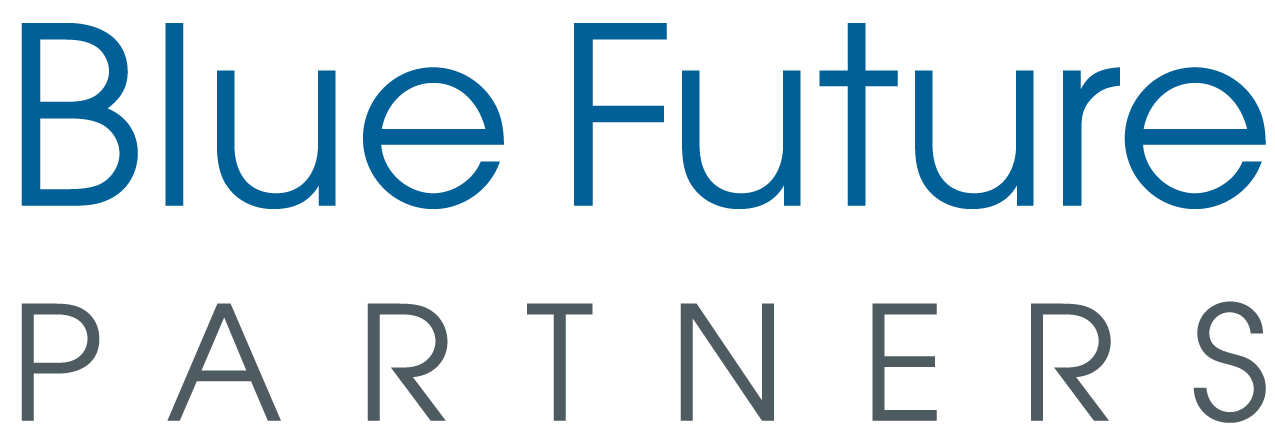
With the cost of connected sensors and cloud computing continuously falling, IoT devices that intelligently monitor and control the operations of a building are becoming more and more common.
It is estimated that there will be as much as 10 billion devices installed in buildings by 2020, making it one of the fastest growing industries worldwide. As a result, the smart building market is expected to grow from a size of $8,5 billion in 2016 to around $58 billion globally in 2022.
But what are the actual implications for the real estate industry when it comes to the smart building revolution?
Here are 10 key trends that will change the way buildings are run in the coming years, helping organizations to save energy and costs, deliver better occupant experiences and reach higher property values.
1. Air Quality Monitoring
Given that most of us spend more than 90% of our time inside, good indoor air quality is fundamental for our health and productivity. A Harvard study found that “people who work in well-ventilated offices with below-average levels of indoor pollutants and CO2 have significantly higher cognitive functioning scores.”
This is why buildings will increasingly be equipped with wireless sensors that monitor CO2 levels and harmful small particles, sending out warnings and adjusting the ventilation if needed. And they won’t just monitor the inside. In countries with strong pollution, it is just as important to measure the quality of the outside air that comes in through the ventilation. Smart systems can indicate what filters need to be replaced and decide to turn the system off, should the outside air quality be critically bad.
Our company picks: Breeze Technologies / 75F / Airthinx
2. Smart Lighting
One of the biggest revolutions in how we light up our buildings has been the invention of LED lighting roughly thirty years. LED lights consume less than 80% the electricity of traditional bulbs and have ten times the lifespan. Still, LEDs today make up only 10 percent of all lighting systems, so many buildings have an easy opportunity to save energy and costs just by switching bulbs.
One of the biggest lighting trends for buildings going forward will be smart lighting that adjusts to the preferences of occupants (also called human-centric lighting). These smart lighting systems can mimic the natural light progression of daylight to follow our circadian rhythm or change their intensity according to different occupant needs. In an office, brighter lights after lunch may be used to help workers focus, while soft lights in hospitals can help patients relax.
Our company picks: Philips / Zumtobel Lighting / Fagerhult
3. Building Security
Connected IoT devices installed throughout the building make it easier for facility managers to keep their building safe. The most important of these devices are cameras and access control systems like badge readers, making it possible to spot unwanted visitors and grant permissions to visiting employees.
And there are additional security benefits to IoT devices inside buildings. For example, they can help building managers find out if certain doors are consistently being kept open or if an alarm has falsely gone off. A truly intelligent security system might even be able to communicate to other systems that certain employees have left the building, prompting the shutting off of lights.
Our company picks: ISGUS / Kisi / Conlan
4. The Importance of Cybersecurity
The smarter a building becomes, the more it becomes exposed to cyber attacks. The growing presence of internet-connected devices inside a building makes it easier for outsiders to place malware, steal data or hack into systems. Gartner Institute actually predicts that by the end of 2018, almost 20% of all smart buildings will have suffered from some form of digital attack.
Cybersecurity will be a dominant topic for the real estate industry going forward. Building operators must stay ahead of potential threats and take action to bolster their cybersecurity, such as improving authorization controls and implementing stronger data encryption, as well as working closely together with their IT department.
Our company picks: Intel / Siemens / Schneider Electric
5. Occupant Control
Smart buildings give more control of the building inside the hands of its occupants. People can now closely interact with a building by adjusting temperatures, booking meeting rooms or changing the lighting, all from one central place and according to their preferences. This creates a much more personal and satisfying experience (like in a hotel), but can have energy-saving benefits too, for instance when meeting rooms automatically turn off lights when nothing is booked.
At the same time, a smart building can enable easy ways for tenants to send feedback to the facility managers, for example when something is broken or needs to be reordered.
Our company picks: Comfy / 75F / Honeywell
6. Intelligent Parking
Intelligent systems are not just employed where people live and work, but the surrounding infrastructure too. One example of this are parking spaces in and around the building, where there is lots of potential to make things smart.
Cameras and sensors can detect what parking spots are free and send this information to commuters, reducing extra laps and unnecessary fuel consumption. Ideally, this information is shared between multiple systems, so that workers also get parking spot data from public streets. Other possibilities include: Allowing visitors to reserve parking spaces in advance or automatic online payment systems for frequent users.
Our company picks: Intel / Siemens / Parkeon
7. Focus on Wellbeing
Many companies understand that the health and comfort of their employees is a key differentiator, influencing productivity and workplace satisfaction. The consideration of how a building promotes the wellness of its occupants will therefore be a major trend for the future.
One sign of this is the growing importance of the world’s first building certification focused exclusively on human health and wellness, the WELL Building Standard (launched in 2014). It rates buildings along specific categories like air, water, fitness or mind, requiring for example that offices are not too loud, that there’s on-site child care and natural elements like plants are present. WELL is closely partnering with the sustainable building certification LEED, so that buildings can get certified as healthy and green at the same time.
Our company picks: WELL / Fitwel / Reset
8. Predictive Maintenance
The biggest cost during a building’s life cycle goes to its maintenance, which ultimately ends up exceeding the construction costs. Smart technology enables facility managers to save maintenance costs here and completely change the way they manage their building, by switching from a reactive to a predictive maintenance model.
Sensors placed around machinery like pumps or heaters can be programmed to detect critical levels of noise, vibration or heat. Above a certain threshold, a warning is sent and the error can be fixed before it escalates. This type of maintenance based on needs rather than scheduled intervals has been shown to be 3 to 9 times cheaper.
One specific case can be an elevator that sends data on how well a door is closing. If predictive algorithms notice that more force is needed to close the door (for example because of dust) a repair request triggers.
Our company picks: Johnson Controls / Schneider Electric / Building IQ
9. Evolution of Building Management Systems (BMS)
Everything that goes on inside a building can come together in “Building Management Systems” (BMS), computer-based systems to monitor and control services like lighting, heating and ventilation. Such systems in themselves are nothing new and have been around for decades. But while they were highly fragmented and independently operated before, a modern BMS makes all the building’s operations visible in one place.
This type of system constantly collects all the available building data, processes it through an analytics layer and helps facility managers make decisions. Like everything else inside the building, these systems are becoming truly smart, by making recommendations and allowing managers to react much more proactively to potential problems.
Technology is disrupting real estate industry in the planning and construction stage too. One of the most notable developments here has been the rise of Building Information Modelling (BIM), a new planning and working method where a digital 3D model of the project is created before actual construction. In the BIM method, architects, planners and subcontractors all collaborate to build a full virtual model of the building, which makes the planning more efficient and transparent and later saves time and errors.
Our company picks: Honeywell / Schneider Electric / United Technologies
10. Bundling
Investors, tenants and operators today are faced with an almost overwhelming amount of options to make their building smarter. To manage costs, many might choose to only upgrade some systems at first and gradually upgrade the rest. Similar to other sectors however, another purchase method is becoming more popular in the building industry: bundling.
By bundling different smart technologies and buying them at once, companies achieve cost and time savings, as well as benefits from products working in synergy. Bundling can just as well be used for retrofitting old buildings and has shown to enable cost savings of up to 15%. Today, there are bespoke consulting companies who make recommendations on what systems to buy together, even offering as-a-service pricing models for smart systems to save upfront costs.
Our company picks: Sparkfund / Gridpoint
Sources:
BusinessWire — Global Smart Building Market Outlook
Deloitte — Building the Future, Real Estate Predictions 2018
emerald insight — What is a Smart Building?
Harvard — Green office environments linked with higher cognitive function scores
IHS — Smart Buildings Report — 2018
Intel — Security Practices for Smart Buildings: Good, Better, Best
New York Times — How Healthy is Your Office?
Smart Buildings Magazine — The impact of the internet of things on buildings
the institute — How LED Systems Will Drastically Improve Energy Efficiency
What’s Next — Smart Buildings: An Integrated Future for Facilities Management








